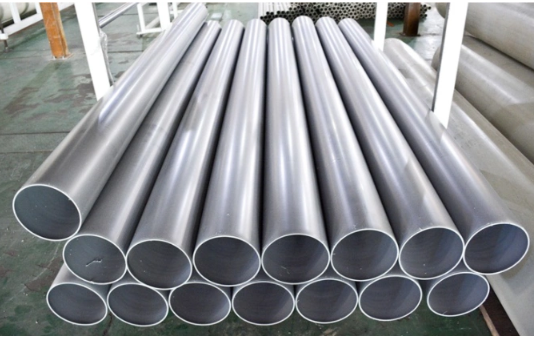(一) Effects of wind speed
Wind speed plays a key role in the determination of duct size, and there is a clear inverse relationship between it and the duct size. According to the formula for duct sizing (duct size = air volume / air velocity / 3600), the larger the air velocity, the smaller the calculated cross-sectional area of the duct for a fixed air volume of 20,000 m³/h; conversely, the smaller the air velocity, the larger the cross-sectional area of the duct.
The choice of different air velocities can affect the ventilation system in many ways. In terms of noise, a higher wind speed will lead to greater noise when the fan is running, and at the same time, the air flows at high speed in the duct, and when it passes through elbows, valves and other components, it is easy to generate airflow noise. For example, in some places with extremely high noise requirements, such as recording studios, libraries, etc., if a higher wind speed is used, the noise problem will seriously affect their normal use. Analyzing from the perspective of energy consumption, the higher the wind speed, the greater the resistance of the wind flowing in the duct, and in order to overcome these resistances, the fan needs to consume more electricity, thus increasing the operating cost of the system. In large commercial buildings, the ventilation system runs all day long, and if the wind speed is unreasonable leading to high energy consumption, it will generate a considerable amount of money in the long run. In addition, the wind speed will also affect the uniformity of ventilation, too high wind speed may lead to uneven distribution of air in the room, localized areas of under-ventilation or over-ventilation .

(二) Impact of system pressure
System pressure is another important factor that governs duct sizing. In a ventilation system, pressure is divided into static and dynamic pressure, with static pressure used to overcome the resistance of the duct and dynamic pressure related to the flow rate of the air . When the system pressure is high, it means that the duct needs to withstand a greater pressure load, which requires the duct to have enough strength and sealing to prevent the duct from rupturing or leaking .
In general, ducts in high-pressure systems require thicker, stronger materials. For example, in industrial ventilation, some air ducts conveying high-temperature and high-pressure gases may be made of steel plates of greater thickness and more stringent in terms of the connection parts of the air ducts and reinforcement measures . For low-pressure systems, the strength requirements of air ducts are relatively low, and thinner materials can be used, so as to meet the operational requirements of the system and reduce costs. If air ducts that do not meet the pressure requirements are used in high-pressure systems, it may lead to deformation and rupture of air ducts, which not only affects the ventilation effect, but also may cause safety accidents.

(三) Impact of usage scenarios and demand
Different scenarios and needs have different requirements for the size of the 20000 air volume ducts. In industrial plants, due to the large space and relatively low sensitivity to noise, in order to save cost and space, a higher air velocity is usually used, and the corresponding duct size can be smaller. For example, in some large-scale machinery processing plants, the air velocity of the main duct of the ventilation system may reach 10m/s or even higher, so that the cross-sectional area of the duct can be designed to be relatively small under the circumstance of meeting the 20,000 air volume.
Commercial buildings such as shopping malls and supermarkets are densely populated and have high requirements for indoor air quality and comfort, and also need to consider the impact of noise on the shopping experience of customers. Therefore, the air velocity of the ventilation system in such places is generally controlled in a moderate range, such as 6 – 8m/s, and the size of the air ducts will be designed according to the specific layout and air volume distribution. Moreover, commercial buildings usually have decorative structures such as suspended ceilings, and the installation of air ducts needs to be coordinated with the building structure, which also affects the selection of air duct sizes.
Residential ventilation systems are relatively small, but the requirements for noise are more stringent, because noise can directly affect the quality of life of residents. In residential houses, even if the airflow reaches 20,000 (which is relatively rare, and generally the airflow of residential houses is small, but assuming special circumstances), a lower air velocity, such as 4 – 6m/s, will be used to ensure a quiet living environment . In this case, in order to meet the demand for airflow, the size of the ducts may be relatively large, but the space of the house is limited, which requires full consideration of the layout and installation location of the ducts in the design, to minimize the occupation of indoor space.
